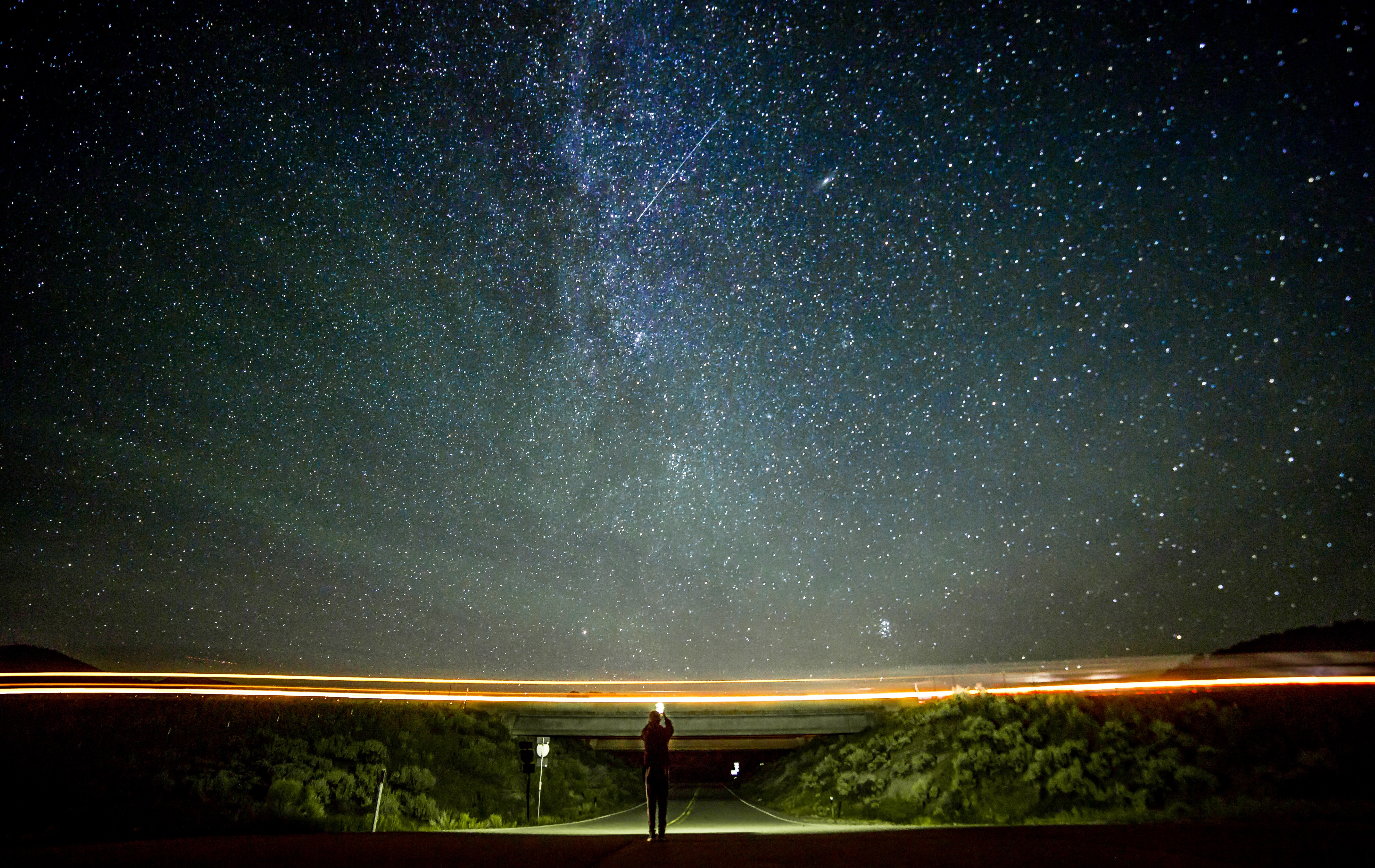 Hello again,
Hello again,
As previously mentioned, I have shifted my focus towards the night sky. This entails looking at the stars through my telescope and astrophotography. I am very excited to start taking amazing photos of the stars, planets, and the moon. However, I have realized time and time again that any good plan starts with a base knowledge and research. Therefore, I have done some research before I am going to start taking any pictures. The first article I came across was very helpful.
It starts off with a well-thought-out list of equipment needed for the astrophotographer that is also perchance backpacking. However, I would recommend everything on the list for everyone that is going outside at night to photograph the night sky. Next, it talks about choosing a Lunar phase to photograph under. This is new for me, but if understood correctly, the sun reflects its light off of the moon. When the moon is full, the most amount of light is reflected in the direction of the earth’s surface. When the moon is new, all of the light is being reflected in the opposite direction than the earth. Why is this important? Good question. This is important because if you want to take photos of celestial beings that are relatively far away you might not want the sun’s light (which is bounced off the moon) to have what I call the city light effect.
The city light effect is the effect light has on our eyes. When we are in a well-lit area – like a city – we don’t see the stars very well. However, when we are in unpopulated areas that aren’t well-lit, we can often see the Milkey way. The same principle applies to the sun. When the sun is out, we can’t see the stars that lay in the day sky. The moon has a similar effect; its just not as powerful as the sun. A good way to avoid the city light effect (from the actual city lights) is to travel 95-160 kilometers (60-100 miles) away from civilization and the well-lit urban jungles most of us call home.
For the actual taking of the photos, there is this rule of two thirds. It seems like good advice. The rule is to have the earth in the bottom third of the camera view, and the stars in the top two thirds. This will give it a natural balance between stars and land, light and dark.
This person by the name of Ansel Adams is quoted in this article. These are the techniques given by the master landscape photographer:
- Point one leg of the tripod at your subject so you can stand in between the other two legs.
- The central post of the tripod should be vertical and perpendicular; confirm this alignment with a bubble level.
- Acquire an L-bracket instead of a standard mounting plate to keep your camera’s weight evenly centered over the tripod.
Good luck,
Preston
Leave a Reply